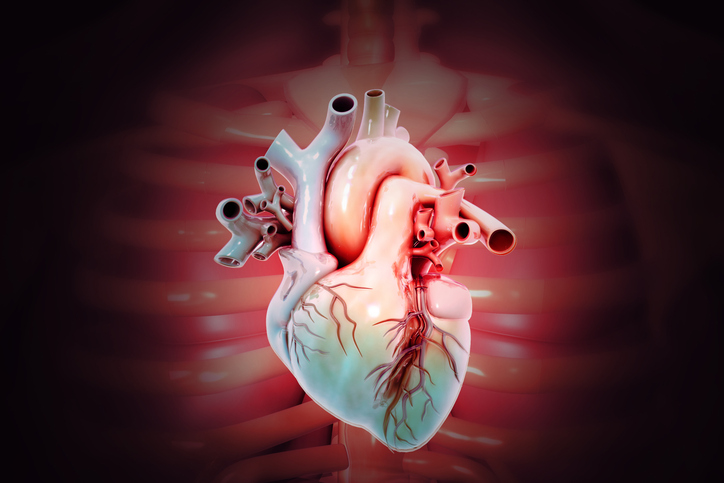
Chest pain (or angina) is a common complaint in the emergency room. Angina pectoris is a specific form of chest pain attributed to a cardiac cause. Approximately 11 million US adults over the age of 20 experience angina pectoris.1 Angina must be evaluated in the emergency room to evaluate for angina pectoris which can be due to specific cardiac causes such as obstructive coronary heart disease, or limited flow through the coronary arteries to supply the heart, microvascular dysfunction, or limited flow through the microcirculation supplying the heart, or pericarditis or myocarditis, or inflammation of the sac surrounding the heart or the muscles of the heart. Other causes of angina include pneumonia (lung infection), pulmonary embolism (clots in the lung), acid reflux, muscle strain, or even panic attacks. In all of these situations, chest pain must be evaluated carefully to determine the underlying cause.
New AHA/ACC Guidelines
In October 2021, the American Heart Association/American College of Cardiology released guidelines to aid in the evaluation of chest pain.2 Notably in the past chest pain was categorized as “typical”, “atypical,” or “noncardiac.” Typical chest pain typically involves 1) substernal or retrosternal chest pain or discomfort with radiation to the neck, jaw, shoulder, or left arm 2) worse with activity, and 3) better with rest or nitroglycerin. Atypical chest pain includes two out of the three features mentioned above while non-cardiac pain may include one or none of these features. Per the new chest pain guidelines, chest pain is now categorized by cardiac or noncardiac features, completely deferring atypical chest pain.
Furthermore, the new chest pain guidelines include several helpful tips including an index of suspicion scale for ischemic chest pain based on common descriptors and take home messages by the acronym “CHEST PAINS.” This acronym highlights that chest pain often involves more symptoms and locations for pain outside of the chest, the utility of high sensitivity troponins, the need for seeking early care and shared-decision making, the utility of clinical decision pathways, and the importance of testing intermediate and high-risk patients in a structured format and by different imaging modalities.
The guidelines seek to aid clinicians by clearly defining low risk, intermediate risk, and high risk patients based on commonly used risk assessment scores such as the HEART score. The use of further workup using imaging modalities such as coronary computed tomography angiography and functional stress testing is discussed as it relates to patient risk factors including age and suspicion obstructive coronary artery disease.
These new chest pain guidelines are packed with information to help clinicians demystify the “atypical” in chest pain and will undoubtedly serve as a great resource when encountering patients with chest pain.
References
- Centers for Disease Control and Prevention. National Center for Health Statistics. National Health and Nutrition Examination Survey (NHANES) public use data files. https://www.cdc.gov/nchs/nhanes. Accessed April 1, 2020.
- Gulati M, Levy PD, Mukherjee D, Amsterdam E, Bhatt DL, Birtcher KK, Blankstein R, Boyd J, Bullock-Palmer RP, Conejo T, Diercks DB, Gentile F, Greenwood JP, Hess EP, Hollenberg SM, Jaber WA, Jneid H, Joglar JA, Morrow DA, O’Connor RE, Ross MA, Shaw LJ. 2021 AHA/ACC/ASE/CHEST/SAEM/SCCT/SCMR guideline for the evaluation and diagnosis of chest pain: a report of the American College of Cardiology/American Heart Association Joint Committee on Clinical Practice Guidelines. Circulation. 2021;144:e•••–e•••. doi: 10.1161/CIR.0000000000001029







 © 2025 Mashup Media, LLC, a Formedics Property. All Rights Reserved.
© 2025 Mashup Media, LLC, a Formedics Property. All Rights Reserved.